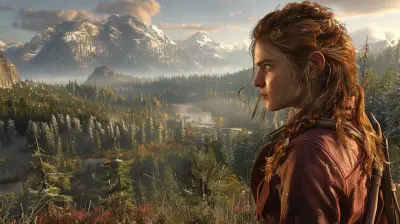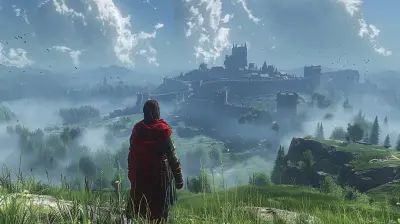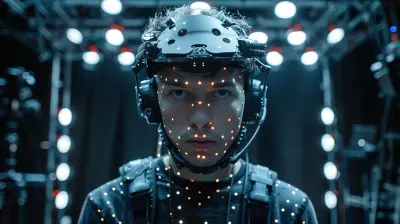How Mods Bring Innovation to Competitive Gaming
19 June 2025
Competitive gaming has exploded in popularity over the past decade. From sold-out arenas to million-dollar prize pools, esports is now a massive global industry. But behind the glitz and glam of official tournaments and professional leagues lies a quiet but powerful force that’s helped shape the scene: game mods.
So, what exactly are mods, and how are they shaking up competitive gaming? Let's break it down.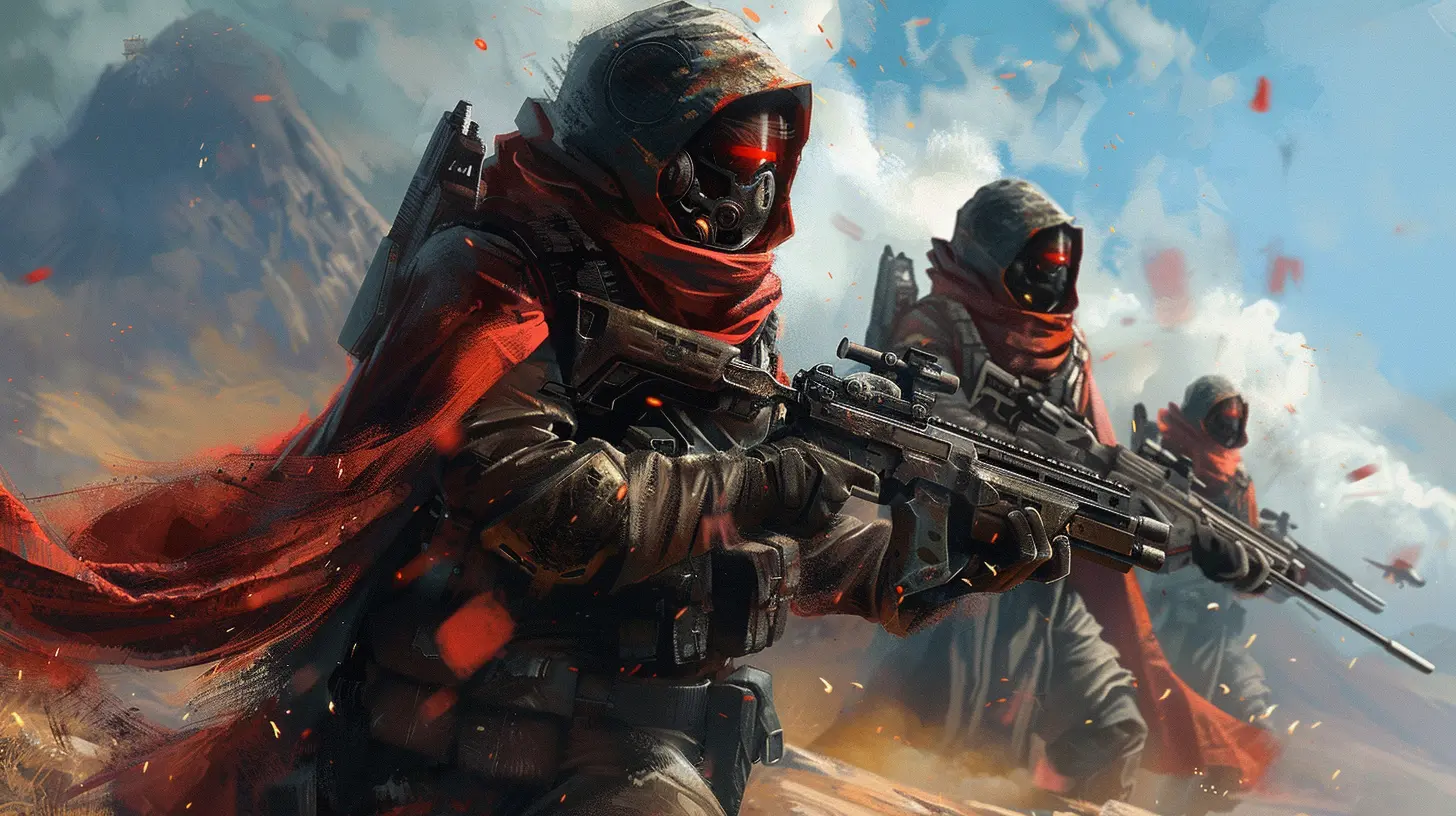
What Are Mods, Really?
First, let’s clear this up. Mods, short for "modifications," are user-created changes to a game. These can range from minor tweaks like new skins or UI improvements to full-blown overhauls that change the game's core mechanics, rules, or even its genre.Most mods are made using tools provided by the developers or through reverse engineering. Some mods go viral and become more popular than the original game itself. (Hello, Dota. Looking at you.)
Mods often start as passion projects, but they have the potential to completely reshape how a game is played—and that includes in the competitive scene.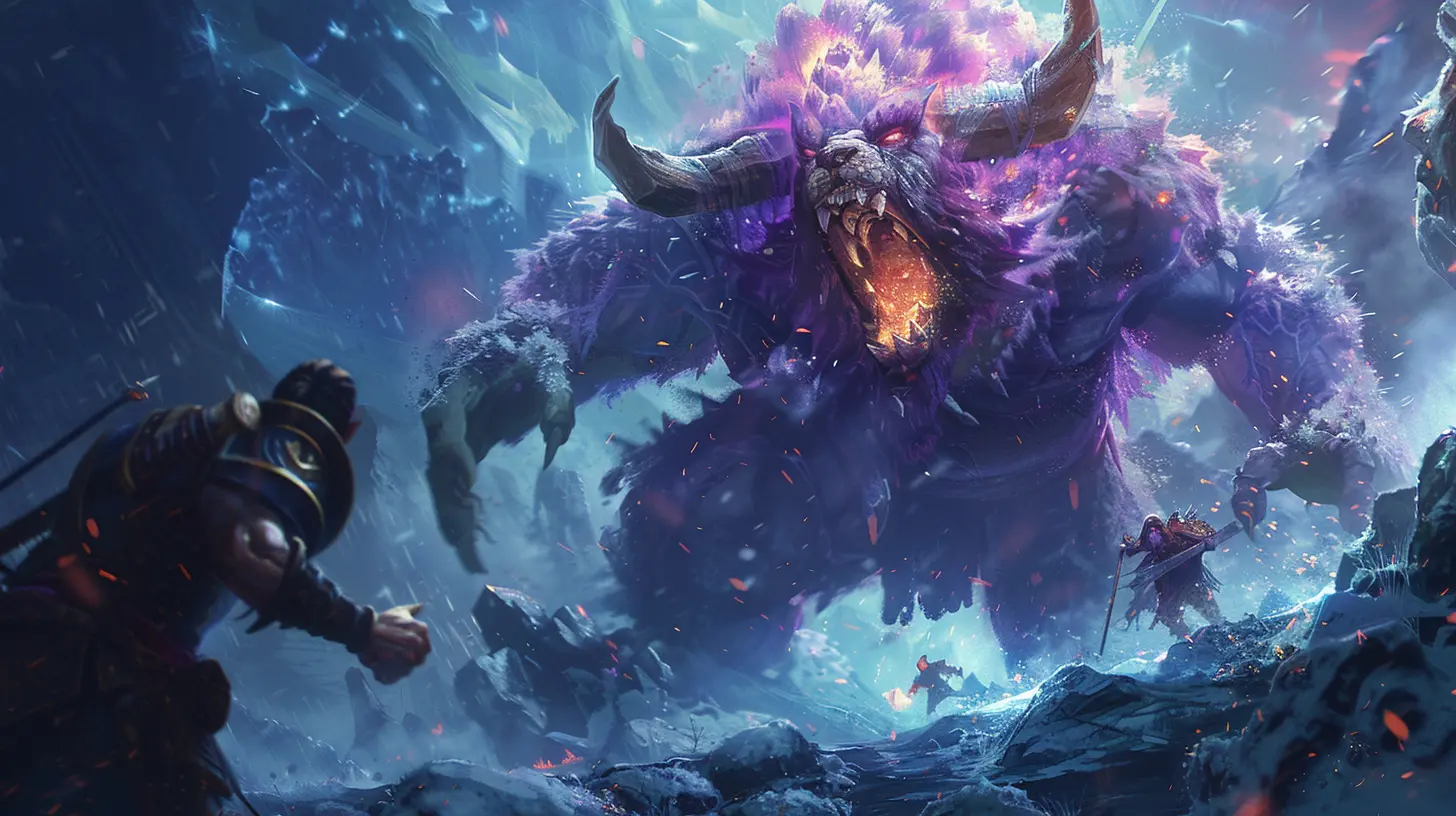
A Brief History of Mods in Competitive Play
To understand the value of mods in esports, we have to rewind.Remember the original Half-Life? It was a cool single-player shooter, but it also gave birth to Counter-Strike, which started as a humble mod. Fast forward, and Counter-Strike is basically the godfather of competitive shooters.
Same thing with Warcraft III. It spawned Defense of the Ancients (DotA), which grew into an entire genre—MOBA (Multiplayer Online Battle Arena)—leading to the rise of Dota 2 and League of Legends.
See the pattern? Many of today’s most popular competitive games started off as mods. That’s some serious innovation.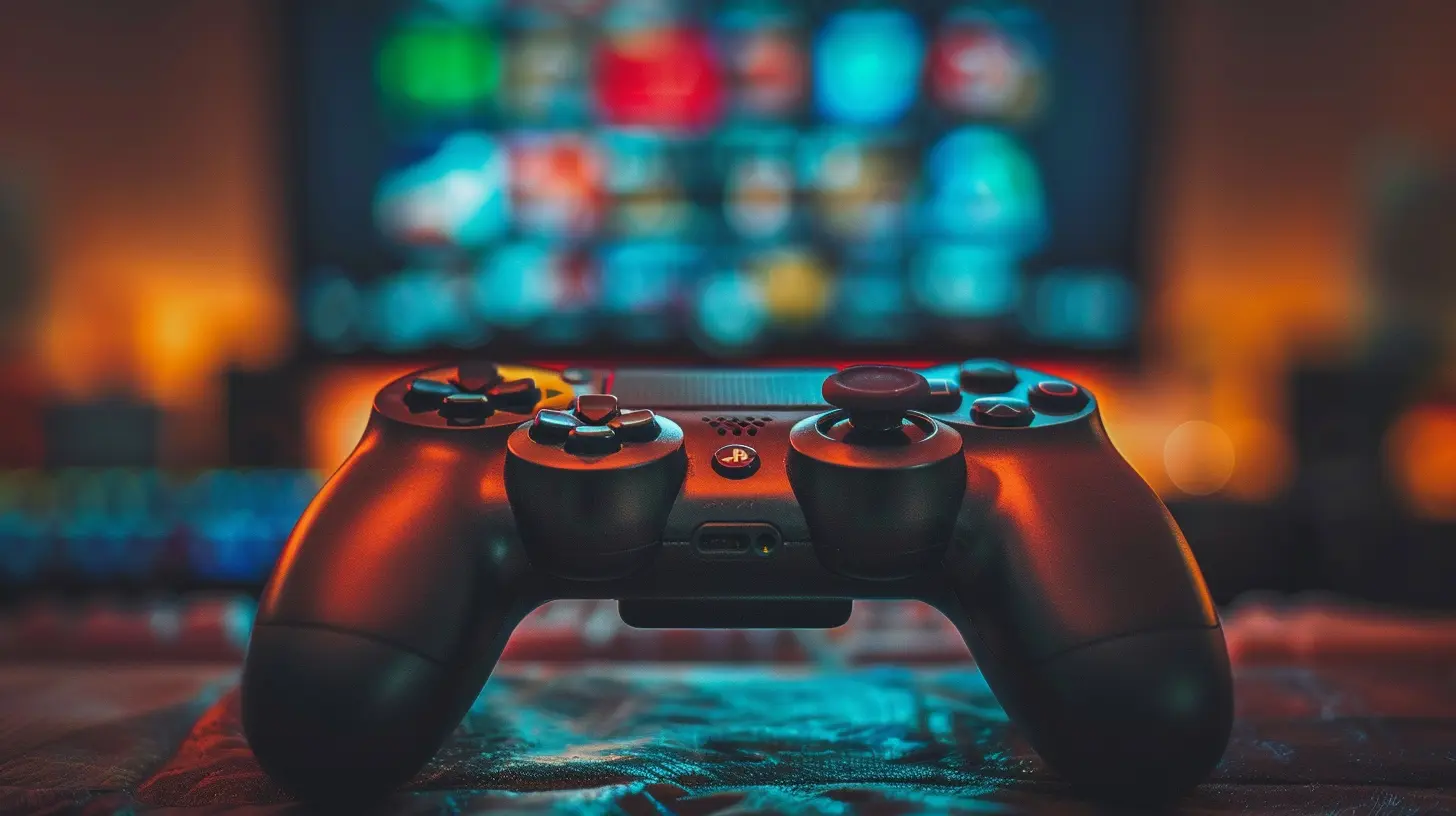
Why Mods Are a Breeding Ground for Creativity
Mods give gamers and creators the freedom to experiment—often with fewer restrictions than official developers might impose. When you're not tied down by corporate red tape or mainstream appeal, your imagination can run wild.Have an idea for a game mode where players have to out-race a collapsing map? Mod it. Want to test a new weapon balance system? Mod it.
This sandbox environment allows players to push the boundaries of game design. They're not waiting for the devs to roll out updates. They're taking matters into their own hands.
It’s almost like the indie music scene for gaming—raw, passionate, and boundary-pushing.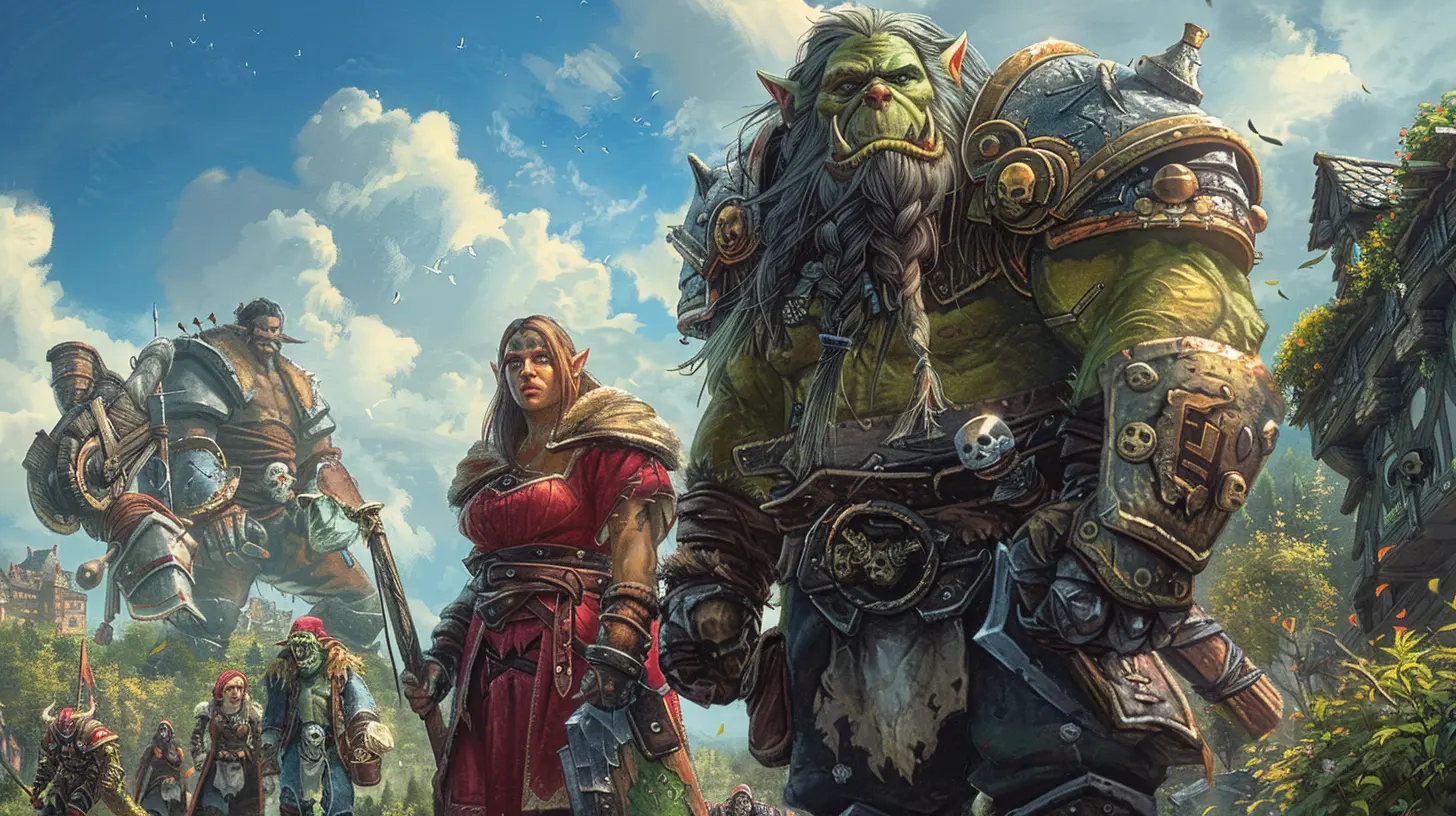
Custom Game Modes That Redefine the Meta
One of the biggest ways mods bring innovation is by introducing custom game modes. These modes serve as experimental labs for new strategies and mechanics.Take StarCraft for example. Before certain units or strategies ever became part of the official meta, they were often tested and refined in modded custom games.
Or consider Overwatch Workshop, Blizzard's built-in modding tool. Players have created everything from aim trainers to parkour challenges, giving competitive players new ways to train or just blow off steam.
These custom modes often influence the official game. Devs take notice. If something gains traction in the modding community, there's a good chance it’ll find its way into the mainstream.
Mods Help Refine Competitive Balance
Balancing a competitive game is hard. Like, really hard. There’s always someone complaining that a character is OP or that a certain weapon is broken.Mods can help here in a big way. Through balance mods, communities can test changes in real-time. No wait time. No red tape. Just tweak it and play.
These community-driven balance patches often reflect what players actually want. And when modders hit the sweet spot, game devs often take notes—and sometimes even hire those modders.
Basically, it’s like open-source patches. And it works.
Leveling Up the Training Process
You know those practice tools in games like Valorant or CS:GO? Many of them started as modded community creations.Training mods help players improve aim, reaction time, or decision-making in specific scenarios. These aren’t just fun playgrounds—they’re serious tools for competitive improvement.
Mods have turned the act of “grinding” into something more targeted, more engaging, and way more effective. Competitive players and even pros rely on them to stay sharp.
Mods Build Stronger Communities
Mods don’t just change the game—they build entire sub-communities around them. Whether it’s a Discord server for a custom CS:GO map or a Reddit thread dedicated to balance mods in League of Legends, mods bring people together.And when enough people are playing or talking about a particular mod, it creates a kind of underground competitive scene. That’s how games like Dota and PUBG started.
These communities then organically develop rules, rankings, and tournaments around these mods. Over time, what started as a mod can evolve into a full-fledged esport.
When Mods Go Mainstream
Let’s go back to PUBG for a second. It started as a mod for ARMA 2, then DayZ. Brendan “PlayerUnknown” Greene created the mod as a passion project, which eventually turned into a standalone game—and then sparked the whole battle royale craze.Now, every major publisher is pushing their own take on battle royale.
It’s the perfect example of how mods can go from underground to global sensation. And this transition from mod to mainstream also means that studios are more open to looking at mods as a serious innovation pipeline.
The Role of Developers in Encouraging Mods
Not all developers are keen on letting people tinker with their games, which is a shame. But when studios embrace modding, magic happens.Games like Skyrim, Minecraft, and Dota 2 owe much of their longevity and competitive complexity to mods. The modding tools and APIs provided by developers play a HUGE role in fueling that creativity.
Some devs are even hiring top modders or partnering with them to build official content. Others host competitions or showcase community mods within their games.
When the devs and modders work together, everyone wins—including the competitive scene.
The Challenges with Mods in Competitive Gaming
Okay, let’s be real. It’s not all sunshine and rainbows.There are legitimate challenges when it comes to integrating mods into competitive gaming:
- Fairness: Not all mods are created equal. Some can give unfair advantages in competitive play.
- Security: Mods can be a gateway for cheats or malicious software if not monitored properly.
- Fragmentation: Too many mods can segment the player base, making matchmaking harder.
- Stability: Mods can sometimes introduce bugs or crashes that disrupt the competitive flow.
That’s why there has to be some balance. Community innovation is powerful—but it needs structure and oversight when it comes to competitive integrity.
Future of Mods in Esports
So, where do we go from here?As esports continues to grow, mods will likely play an even bigger role. With tools like Unreal Engine 5, Unity, and AI-assisted programming becoming more accessible, modding is only going to get easier and more powerful.
We may even see hybrid esports in the future—official tournaments built around modded versions of games, or competitive formats that started out as community creations.
Maybe you or your friends end up making the next big competitive game… all starting from a mod.
Final Thoughts
Mods have quietly been the MVPs of competitive gaming innovation. They’re a breeding ground for creativity, community building, and gameplay experimentation. From balance changes to brand-new game modes, they keep things fresh and exciting.Sure, they come with their own set of challenges, but the potential they offer? It’s unmatched.
So if you’ve ever had a crazy idea for a game mode or think you could tweak a few mechanics to make a game more fun (or more competitive), don’t wait for someone else to do it.
Open up that modding toolkit—and get building. Who knows? You might just shape the next big thing in competitive gaming.
all images in this post were generated using AI tools
Category:
ModsAuthor:

Whitman Adams
Discussion
rate this article
2 comments
Nala Montgomery
Mods enhance competitive gaming by introducing unique mechanics and fresh strategies for players.
June 21, 2025 at 4:50 PM

Whitman Adams
Absolutely! Mods introduce creative elements that keep gameplay fresh and engaging, fostering innovation and new strategies in competitive gaming.
Zephyrian Parker
Mods play a pivotal role in competitive gaming by introducing fresh mechanics, enhancing gameplay balance, and fostering community engagement. They empower players to customize experiences, often leading to innovative strategies and dynamic tournaments. This adaptability not only revitalizes games but also keeps communities vibrant and invested.
June 21, 2025 at 4:29 AM

Whitman Adams
Absolutely! Mods are essential for keeping competitive gaming fresh and engaging, allowing players to innovate and deepen their community ties.
